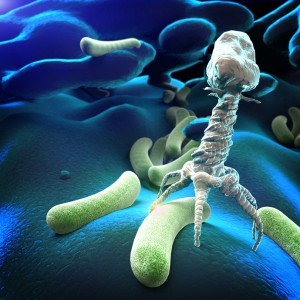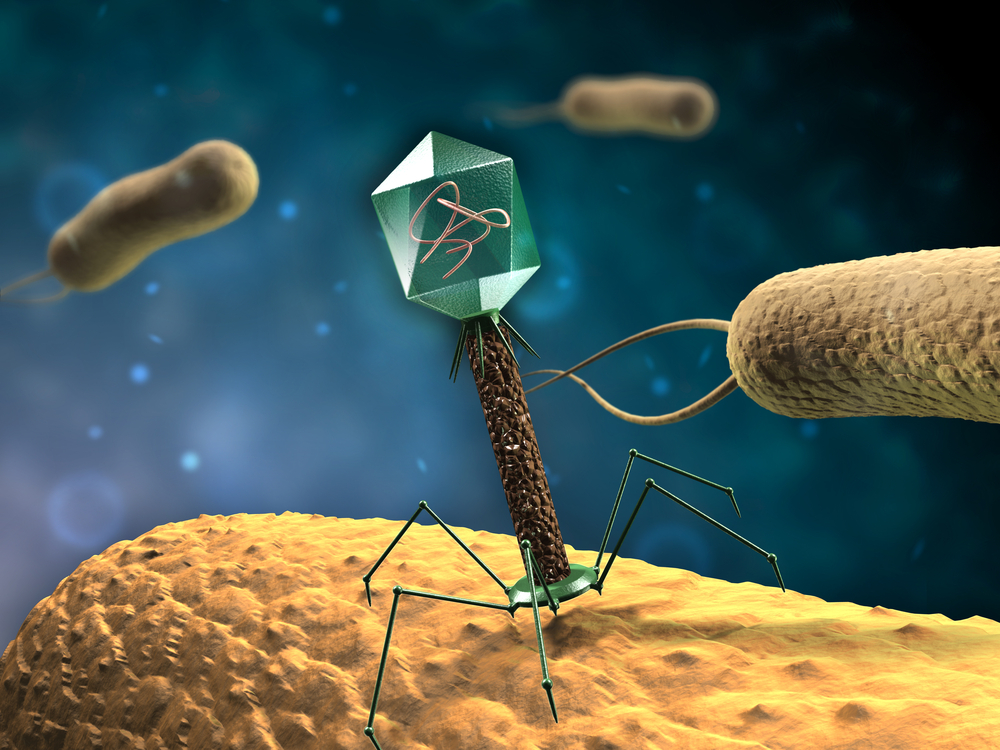 A research team from Singapore recently developed a combination of compounds to fight lung bacteria associated with respiratory infections and pulmonary conditions including cystic fibrosis and bronchiectasis.
A research team from Singapore recently developed a combination of compounds to fight lung bacteria associated with respiratory infections and pulmonary conditions including cystic fibrosis and bronchiectasis.
The team led by Dr Desmond Heng, ICES, developed four different combinations of muco-actives and antibiotics that in laboratory tests were found to be effective in treating these conditions and also in reducing antibiotic resistance.
Pulmonary diseases that are linked to bacteria and respiratory system infections often cause excessive mucus secretion in the lung airways, making these conditions hard to treat. To address these issues, the team tested one new drug combination that included antibiotics and a muco active agent that is able to kill bacterias such as Pseudomonas aeruginosa. This combination treatment was found to clear mucus while disrupting the communication between the bacteria and the cells, killing the bacteria. According to the results, the combination is able to destroy the bacteria completely and is faster than traditional antibiotics. The formulation was also found to diminish the risk of antibiotic resistance, a process in which the bacteria mutate and develop resistance against the drugs, turning these bacteria into superbugs.
To combat the superbugs, the researchers also developed three other formulations made from up to three distinct antibiotics, which can complement each other in fighting bacteria. All three formulations have been found to be effective against multi-drug resistant strains, including Pseudomonas aeruginosa and Klebsiella pneumonia. The formulations are five times more effective that a single compound in treating respiratory system infections.
“Novel ways to deliver antibiotics to kill bacteria in the lungs and airways are important at a time when the population is aging and more people are expected to suffer from different kinds of respiratory infections in future. The global spread of antibiotic resistance in bacteria means that new solutions to tackling them are urgently needed, both to effect better cure and to prevent the rise of multi-drug resistance. The next crucial step will be to translate laboratory findings to clinical application,” said Associate Professor Raymond Lin, Head and Senior Consultant, Division of Microbiology, Department of Laboratory Medicine at NUH in a recent news release.
Dr. Desmond Heng, ICES Principal Investigator, added in the news release: “Making the formulation inhalable and portable not only delivers a higher concentration of the drug to the lungs but also gives the added potential to be an effective out-patient treatment alternative. Furthermore, if the disease is well-controlled in an outpatient setting with no further progression, costly hospitalization could be avoided.”
These new compounds are a result of the partnership between NUH and A*STAR that began in 2010. The researchers will continue to test the effectiveness and safety of these news formulations in clinical trials.
“I am delighted that the work stems from the results of our expertise in inhaled novel formulations. This is an excellent example of how our collaboration with the local medical community is helping to translate our research from bench to bedside, and further developing innovative therapies for patients.” Said Dr, Keith Carpenter, Executive Director of ICES in the news release.

